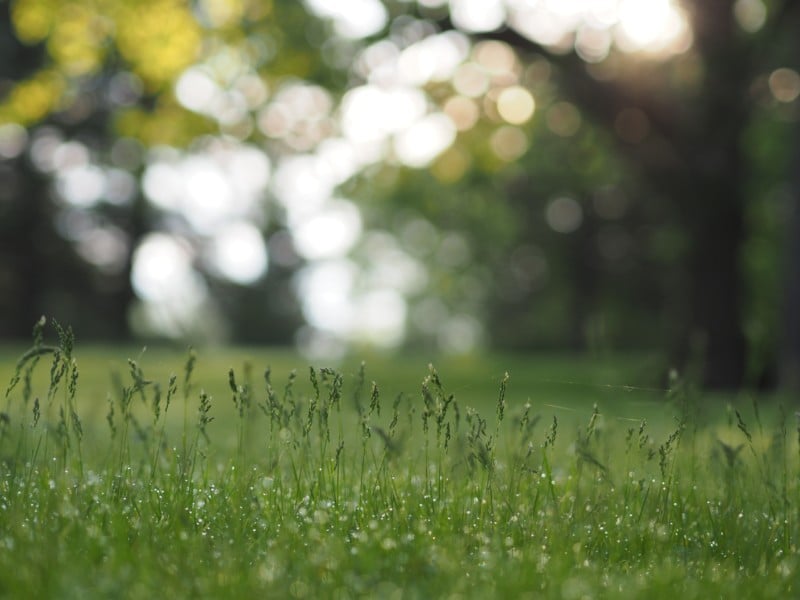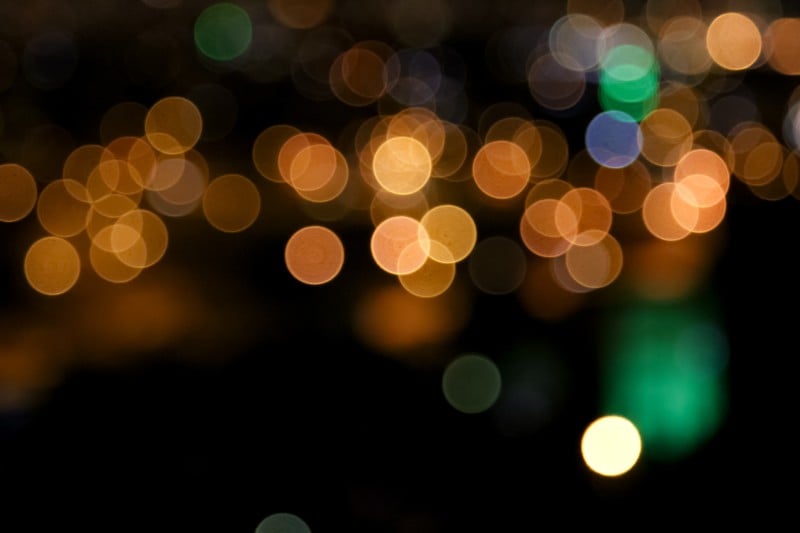
Bokeh is one of the most subjective aspects of photo or video. As Simon’s Utak says in this 20-minute discussion on its history and how it is elevating digital photography into art, we as photographers can’t even agree how to properly say the word.
This video is one of the most comprehensive discussions on not only what bokeh is – including descriptions and examples of the many different types – but also delves deep into the history of the defocused areas of images that predate photography as well as how digital photography elevated bokeh into an art form.
Prior to photography, artists – namely painters – rarely used blur as a method for isolating subjects. If you look at classic art, pretty much all aspects of an image are in focus. Simon argues that painters had an influence on how photographers first started using the medium, and then in turn photographers had an influence on how later painters would choose to render scenes.

Pre-photography Painters typically used one of two methods: they either isolated subjects using a neutral background or surrounded subjects with incredibly detailed backgrounds to help tell the story of the subject.
Simon points to an almost cliche example of when this changes: with Leonardo da Vinci’s Mona Lisa. Yes, this painting is popular, but Simon argues that may be due to the fact that the image has a soft, dreamy look to the subject and background that is reminiscent of how modern cameras would render defocused areas.



Once photography became a thing, the popularity of that blurred defocus grew. Originally, many photographers adopted the same techniques that painters did, either with neutral backgrounds of busy surroundings designed to tell a story. The longer exposures that photography used in the early film eras meant that bokeh wasn’t really a thing for quite some time. But that doesn’t mean lens manufacturers weren’t aware of what their lenses were doing to out of focus areas. There are multiple examples of old lenses with incredible out of focus areas made possible by huge numbers of aperture blades.
Even through the 1970s, bokeh still wasn’t really used and the word wasn’t really even common. Even fast lenses were most often stopped down and rarely wide open. Wide-open lenses were used mainly for their light-gathering ability instead of the benefits of out of focus backgrounds.



Simon argues that the digital era has really brought bokeh to the forefront. Since the explosion of digital photography, bokeh has ballooned in use as a method of adding interest to an image or using the defocused areas to isolate a subject. Simon argues that bokeh is very much a modern phenomonen and a product of the digital era. Its use is still evolving and growing, and how it is being used is about more than cameras and lenses, but also software.
Simon’s entire video is worth a watch, so we highly recommend hearing his full arguments. After you’ve done so, let us know what you think in the comments. Do you agree with his assessment? How do you feel about bokeh? There is no denying it is popular, but how much longer do you think it will continue to be important to many photographers and lens designers?
For more from Simon’s Utak, subscribe to his YouTube Channel.
(via Fstoppers)

